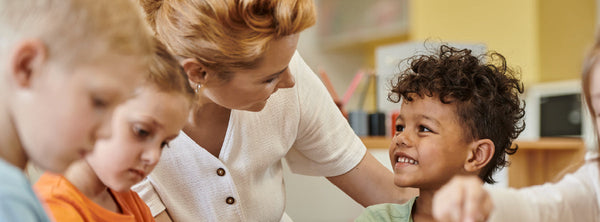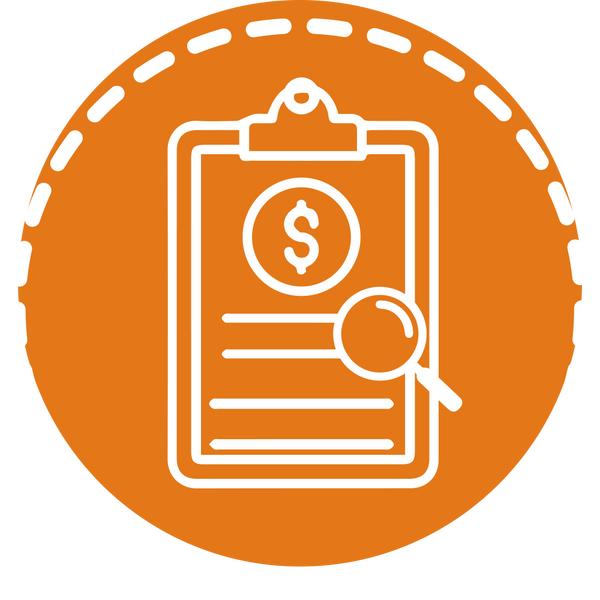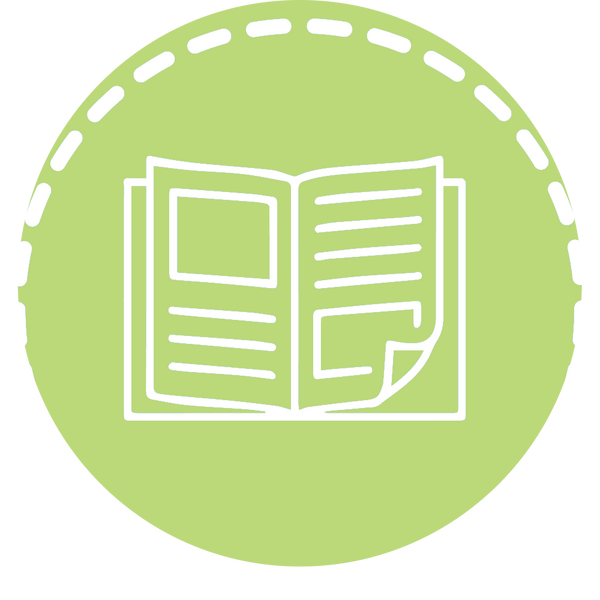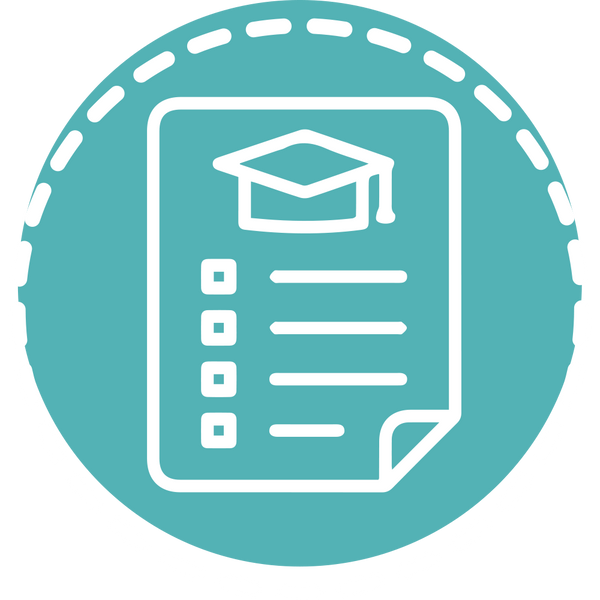
Women Who Code: Bridging the Gender Gap
As early as the 1960s, computer programming was female-dominated. That’s right— Despite today’s stereotypes, women were once encouraged to pursue a career in computer programming, with magazines like Cosmopolitan touting the vast opportunities awaiting women willing to become programmers (Eveleth 2013). Many listened to this advice, and following World War II, more than one in four programmers in the United States were women (Thompson 2019).
Today, however, women hold only 25% of all computing jobs. According to The State of Women in Tech report, minorities are even less represented with only 5% of the total number of women being Asian, 3% Black/African American, and 1% Latina/Hispanic (Aveda n.d.). Researchers have identified several factors that contributed to the decline of women seeking programming careers, many of which begin as early as elementary school.
So how can educators help tear down stereotypes and motivate girls to discover a passion for computer sciences? The small changes we make in the classroom today can have a great impact on bridging programming's gender gap tomorrow.
Sparking Girls’ Interest in Coding Early
Provide Frequent Encouragement
Despite educators’ encouragement to help girls succeed in math and science, certain subtle signals are turning these same girls away. One is simply lending credence to the claim that computers are for boys. Studies have shown that, while girls may excel in programming or a similar endeavor, they shy away from (due to peer pressure or intense internalization) being associated with something considered “abnormal” relative to their gender identity (Fessenden, 2014).
Educators can combat this stereotype by simply encouraging girls frequently from an early age. Such explicit conversations make quite an impact. According to code.org, “students who are told by a parent or a teacher that they’d be good at the subject are up to three times more likely to be interested in learning [computer science] in the future.” What we say and do has the power to nullify irrelevant gender assignments.
Authentic and frequent encouragement requires providing plenty of opportunities for learners to practice writing code and thinking like programmers. PCS Edventures’ Game Design makes teaching step-by-step programming lessons simple.

Powered by Blocksmith software tutorials, the engaging Game Design curriculum introduces learners to coding in exciting ways. This immersive experience designing 3D video games gives everyone a chance to discover a passion and skill for computer science. With an online portal to track progress, educators have numerous opportunities to provide positive feedback and encouragement, opening a world of possible careers to learners.
Make Classrooms and Resources More Inviting
Another equally disheartening narrative is that programming is a defining element of “nerd culture.” Afraid of being labeled nerdy, some girls will immediately distance themselves from computer science, despite having the potential to succeed. To alleviate this stigma, many universities have renamed their programming courses and have attempted to relate the concepts in a broader, more global context (Fessenden, 2014).
Similarly, K-12 educators can change this perception by making small changes to their classroom environments and resources. A University of Washington study found that when working in non-stereotypical learning environments, high school female learners were three times more likely to take up computer programming. Men's interests in the subject, however, were not adversely affected (McElroy, 2015).
Perhaps the same is true in elementary school classrooms. When selecting posters to display on bulletin boards or activities that teach coding, make sure they do not perpetuate stereotypes. Make the classroom environment welcoming for girls.
What else can educators do to make their classrooms more female programmer-friendly? One way is to select resources that support girls’ natural strengths and interests. PCS Edventures has a wide variety of programs that can help get you started.
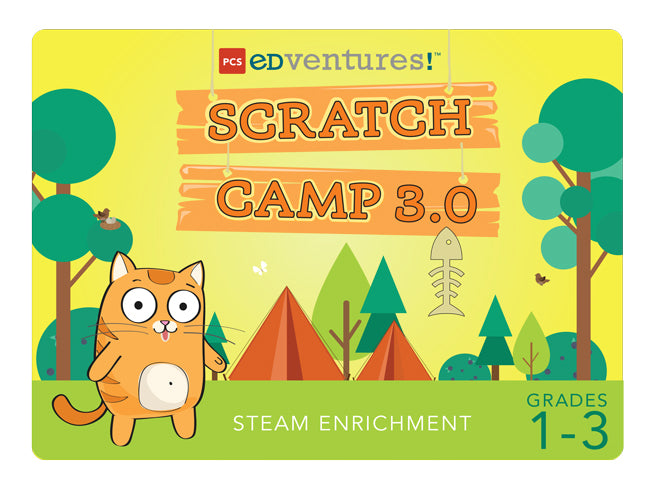
For example, your youngest computer scientists will love coding with Scratch Camp! Girls are natural problem-solvers with creative minds, and this program’s 12 scaffolded coding lessons employ both skills. Unique challenges encourage learners to build their very own interactive storyboards and games with audio, video, animated characters and more. With so many available options, both girls and boys are empowered to make choices that appeal to their specific interests. It’s the perfect way for girls to see themselves as successful programmers from an early age.
Want to try using Scratch in your learning environment? Check out our FREE resource How to Code a Dress-Up Game in Scratch!
Implement Consistent STEM Programming
Lastly, consistent exposure to computer science is essential to building girls’ confidence and love for coding. PCS Edventures drone programs offer hours of hands-on content to do just that! Here are a few, sure to fuel learner’s passion for programming:
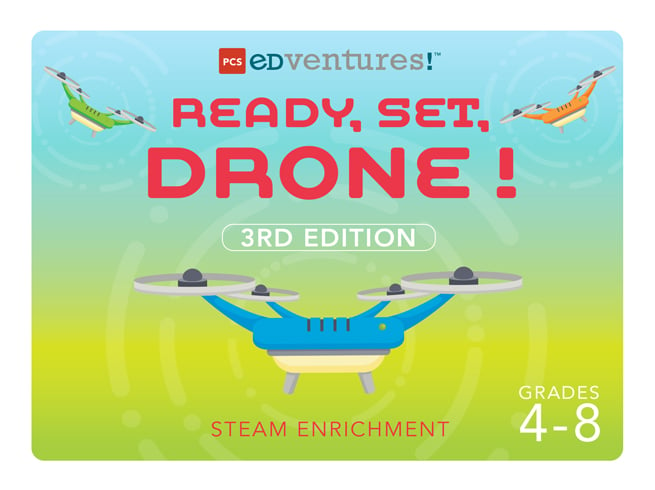
Ready, Set, Drone!
Explore the real-world applications of drones in Ready, Set, Drone!. Learners can take to the skies, photographing and recording the world beneath their unmanned aerial vehicles (UAVs). It’s a must-have when preparing learners for a future in coding.

Drone Designers: Exploring STEAM Careers
Get ready for a drone show of a lifetime! Drone Designers encourages creative thinkers to code a choreographed drone performance just like the pros. Best of all, learn the innovative ways drones are used to develop a better, more imaginative world.
Conclusion
Computer science professions are yearning for more female voices. Without them, the world is missing out on valuable perspectives that would undoubtedly enhance the progress and impact computer programmers make each day.
Inspire your female learners to uncover their passions for coding through frequent encouragement, welcoming learning environments and consistent exposure to STEM programming. Though computer programming might not be female-dominated as it once was, women must bridge the gender gap, bringing equality to a thriving field.
How do you motivate learners to discover their passion for coding?
Share your ideas in the comments below.

Author: Jessica Ventre
An experienced elementary educator and science instructional coach, Jessica’s passion for STEM instruction and student-led learning is always at the forefront of her lessons and professional development workshops.



